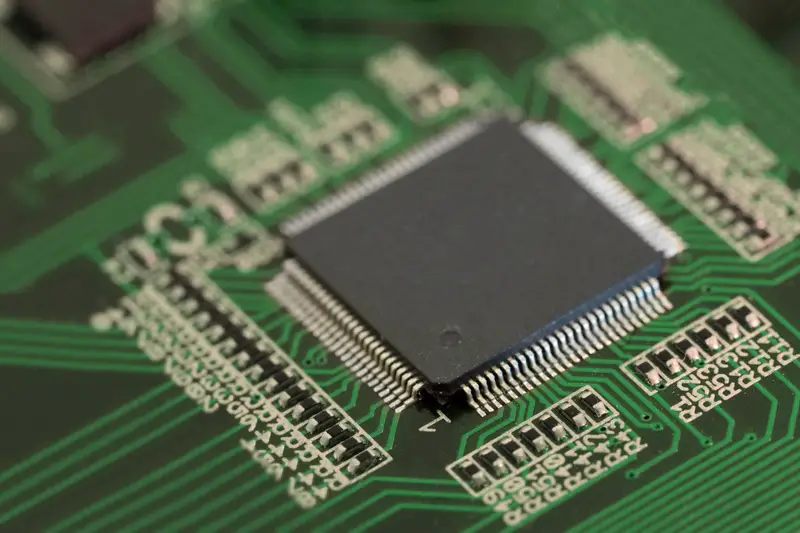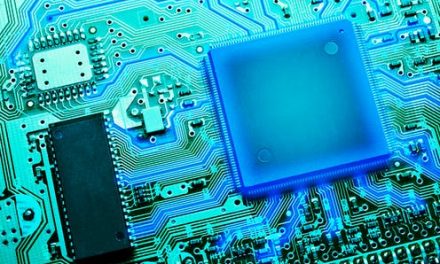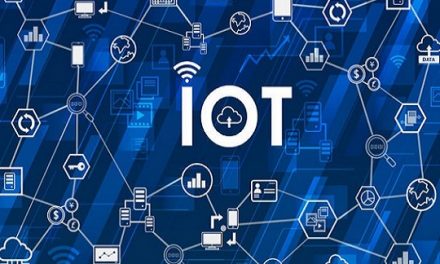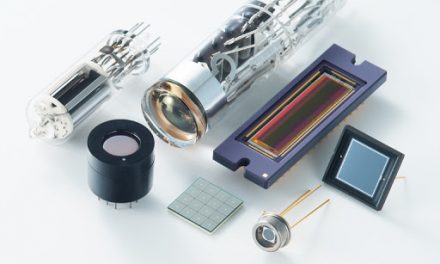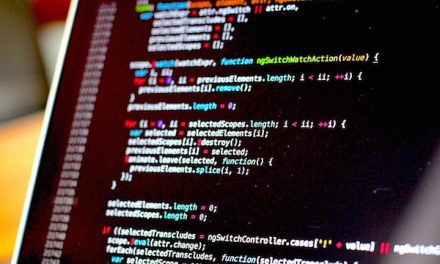Much of the work we do is made easy through the use of embedded systems. These contain the embedded microprocessor, which acts as the “brain” and carries out all the processing. In this article, we will learn more about the embedded microprocessor.
Table of Contents
What is an Embedded Microprocessor?
This is a type of microprocessor designed into a system in order to control electrical and mechanical functions. The embedded processors usually have limited resources such as processing power and memory, they are usually battery powered and they are highly efficient.
It is common for embedded processors to be confused with microcontrollers. These two processors perform similar functions, but they integrate with their given systems in quite different ways. The actual functions they perform are different.
Components of the Embedded Microprocessor
The embedded microprocessor is constructed by using semiconductor devices in which thousands of transistors are integrated into one single chip for better performance. The microprocessor chip is divided into the following parts:
1. Arithmetic Logic Unit (ALU)
This unit of the embedded microprocessor is known as the integer unit. This part of the microprocessor is used to perform logical operations. These include AND, NOT, OR. They also perform math calculations such as divide, add, subtract, multiply, and they also perform calculations such as less than and greater than.
2. Control Unit (CU)
This unit of the embedded microprocessor is the brain of the microprocessor. It manages operations such as managing input and output devices, and storing data. It also fetches instructions.
3. Memory Unit
These microprocessors contain a special type of memory that is very fast. It is referred to as cache memory. A microprocessor stores a copy of data and the instructions that are in its cache memory while it executes the program.
Types of microprocessor memory include ROM and RAM.
4. Registers
These are small, fast memory parts that are built into the Central Processing Unit to speed up its operation. Special purpose registers control the processor, whereas the general purpose registers control arbitrary data.
5. System Bus
This component of the embedded microprocessor is the single wire used to attach different components to communicate with both the internal and external parts of the microprocessor. The bus receives the instructions and data from memory, and sends them to the instruction cache and data cache. These are processed and the results are sent to the main memory using this bus.
Types of embedded microprocessors
1. Complex Instruction Set Microprocessors (CISC)
These types of microprocessors are commonly known as CISC. These classify an embedded microprocessor in which each and every order can be executed together with several other low level functions. These types of embedded microprocessors are slower than RISC microprocessors of similar construction.
2. Reduced Instruction Set Microprocessors (RISC)
These types of microprocessors are designed and constructed to use a simple instruction set. They support pipelining, and generally perform faster and better than CISC microprocessors. They are easy to design and implement.
3. Superscalar processors
This type of microprocessor replicates the hardware on the microprocessor in order for it to perform numerous instructions at the same time. This allows it to carry out numerous instructions at the same time. These replica resources can be committed arithmetic logic units or multipliers. Superscalars comprise of several operational units.
4. The Application Specific Integrated Circuit
This is known as the ASIC. It is intended for extremely precise purposes. Such purposes may include automotive emissions control or in use in personal digital assistant computers. These are tailor made to suit the application, and are more expensive than other types such as RISC embedded microprocessors.
5. Digital Signal Processors
These are unique microprocessors that are employed to decode and encode video. They can also be used to convert digital video to analogue or analogue to digital video. These operations need a special microprocessor – one that is excellent at performing mathematical calculations. DSP chips are usually used in radar, sonar and home theatre audio gears.
Characteristics of Embedded systems
- Task specific
- Low cost
- High reliability
- Time specific
- Minimal user interface
- Low power usage
Applications of Microprocessors
General Purpose Applications
These are mainly used in personal computers.
1. Personal Computers
Some personal computers have 8 bit or 16 bit microprocessors. These microprocessors are used for learning programs, and very basic entertainment purposes. Computers with a longer word length are used for browsing, business, and other purposes.
2. Single Board Microcomputers
The single board microcomputers have simple hardware and a simple software configuration. They are cheap. These can be in the form of development boards that can be used to train students.
Special Purpose Applications
1. Communication
In communication, the embedded microprocessors are used in digital telephone sets. They are also used in telephone exchanges. In this scenario, they only focus on the communication process i.e. receiving signals, transmitting signals, and ensuring the signals sent are correct. They are also used in air reservation systems as well as road reservation systems. These help increase efficiency in these scenarios.
2. Medical applications
In this application, embedded microprocessors are used inside medical equipment. They assist in monitoring the condition of a patient through the use of the input sensors. They are used because they are highly reliable, a key feature needed in such a critical application.
3. Instrumentation
In various instruments, embedded microprocessors are implemented as the main controllers. This is important as they help reduce errors, reduce lost time injuries and since they are very reliable, the downtime will be much less than that that would be there if a manual system had been used.
4. Home
In the home, embedded microprocessors are used to automate repetitive tasks such as laundry – in washing machines, and cooking – in microwave ovens.
5. Office Automation
In the office they are used for tasks such as printing – in printers, as well as photocopying.
Conclusion
This article has given an explanation of embedded microprocessors. The uses of embedded microprocessors have been clearly explained in the article. We hope you have learnt something new!

